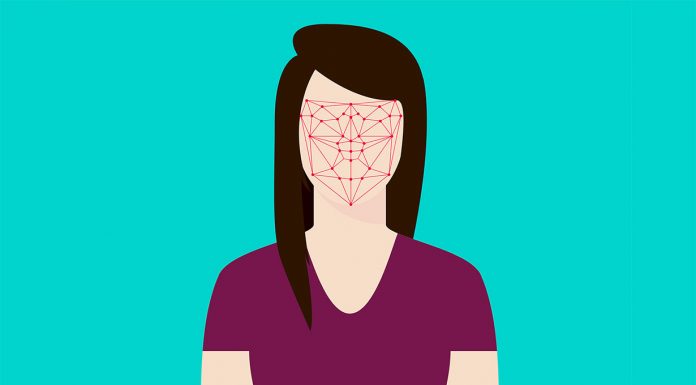Facial recognition poses one of the biggest challenges to individuals' private lives and the fundamental rights to data protection and privacy, EU privacy watchdog the European Data Protection Supervisor (EDPS) said.
The privacy watchdog issued press release days after European Commission hinted that it would allow facial recognition to be used in special cases including searches for missing children or criminals and in cases of terrorist attacks.
“The EDPS regrets to see that our earlier calls for a moratorium on the use of remote biometric identification systems — including facial recognition — in publicly accessible spaces have not been addressed by the Commission,” it said in a statement.
On Wednesday, EU Commission proposed the first-ever legal framework on AI, which it said was to addresses the risks of AI and positions Europe to play a leading role globally. Currently, artificial intelligence technology is dominated by China and the United States.
“To promote the development of AI and address the potential high risks it poses to the safety and fundamental rights equally, the Commission is presenting both a proposal for a regulatory framework on AI and a revised coordinated plan on AI,” Commission said in a note.
The draft rules need to get the node of EU countries and the European Parliament.
Stating that there are numerous Artificial Intelligence applications that present limited threat for the fundamental rights to data protection and privacy while giving humanity a potentially powerful tool to fight against today's problems, the EDPS stated that it will continue to advocate for a stricter approach to automated recognition in public spaces of human features – such as of faces but also of gait, fingerprints, DNA, voice, keystrokes and other biometric or behavioural signals – whether these are used in a commercial or administrative context, or for law enforcement purposes.
“A stricter approach is necessary given that remote biometric identification, where AI may contribute to unprecedented developments, presents extremely high risks of deep and non-democratic intrusion into individuals' private lives,” it said in a statement.
EDPS said that it will undertake a comprehensive analysis of the Commission's proposal to support the EU co-legislators in strengthening the protection of individuals and society at large.
“EDPS will focus in particular on setting precise boundaries for those tools and systems which may present risks for the fundamental rights to data protection and privacy,” the watchdog said.
The EU Commission's proposals have faced criticism from civil rights groups, concerned about loopholes that may allow authoritarian governments to abuse AI to clamp down on dissents, activists and people's rights.











